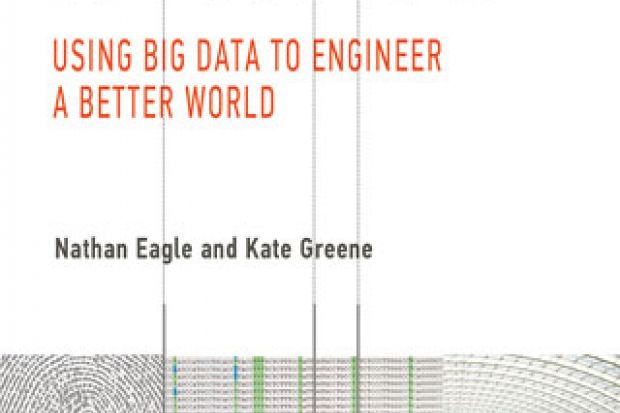Big data, according to the definition proposed by Nathan Eagle and Kate Greene, is “the collected bits of information produced from interactions that people and objects have with the digital, often networked world”. It is a world in which the aggregation of information regarding our likes, links, loves, habits and behaviours often brings a chill to those of us who would prefer to keep our personal information, well, personal.
In part, big data is our own fault – the result of our continuing search for digital convenience and a free lunch; the desire for access to email services, messaging, social networking, storage and search engines at no apparent cost other than some gentle advertising. Few folk delve into the minutiae of the agreements that we make – fewer consider, or even conceive of, the uses to which this mass aggregation of our life data can be put.
These rafts of information provide the hooks on which a hugely diverse set of traits can be captured by the everyday electronic devices that surround us. In an age when even the most modest gizmo spends much of its time straining to connect with its networked cousins, there is no shortage of ways in which the disparate elements of our lives can be meshed together – the “reality mining” of this book’s title.
The downsides, in terms of a potentially dramatic loss of privacy, have been well rehearsed – but Eagle and Greene see the potential for big data to have a truly positive impact on the future of humanity. In a text that sits somewhere between thesis, journalism and extended review article, they relate their vision of how reality mining can operate at radically different scales in order to improve the lot of people at the personal, local, city, national and global levels.
Using examples as diverse as the capture of promiscuous Bluetooth signals from devices in cars to estimate the speed of road traffic and the mass monitoring of phone activity and location data to pre-empt influenza epidemics, Eagle and Greene provide an effective guide to how we have reached the current state of reality mining – as well as giving well-argued proposals for where it should go next, with the aim of “engineering a safer and healthier world”. With the Ebola virus bubbling up across West Africa, it is easy to see ways in which such tools could be used.
The structuring of the text to review big data opportunities at different human scales is broadly effective, although it occasionally leads to the same products and techniques being cited on multiple occasions – introducing material in relative abstraction that might have been more effective in closer proximity.
For good or ill, big data is a concept that is with us now, and it is not going to go away any time soon. The threads of data collection, collation, management and marketing are woven so tightly around the everyday tools of our digital lives that it is difficult to see how they could now be unwound. If we accept that this is the case, perhaps the best that we can hope for is that humanity grasps the potential that big data offers as a force for good, as Eagle and Greene propose.
That said, perhaps never before has the outraged cry of Patrick McGoohan’s intrusively monitored character Number Six in the surrealist 1960s television series The Prisoner – “I am not a number, I am a free man!” – been so timely, or so ironic. This book is important. Read it.
Reality Mining: Using Big Data to Engineer a Better World
By Nathan Eagle and Kate Greene
MIT Press, 208pp, £17.95
ISBN 97802620687 and 2324557 (e-book)
Published 10 October 2014
Register to continue
Why register?
- Registration is free and only takes a moment
- Once registered, you can read 3 articles a month
- Sign up for our newsletter
Subscribe
Or subscribe for unlimited access to:
- Unlimited access to news, views, insights & reviews
- Digital editions
- Digital access to THE’s university and college rankings analysis
Already registered or a current subscriber? Login





